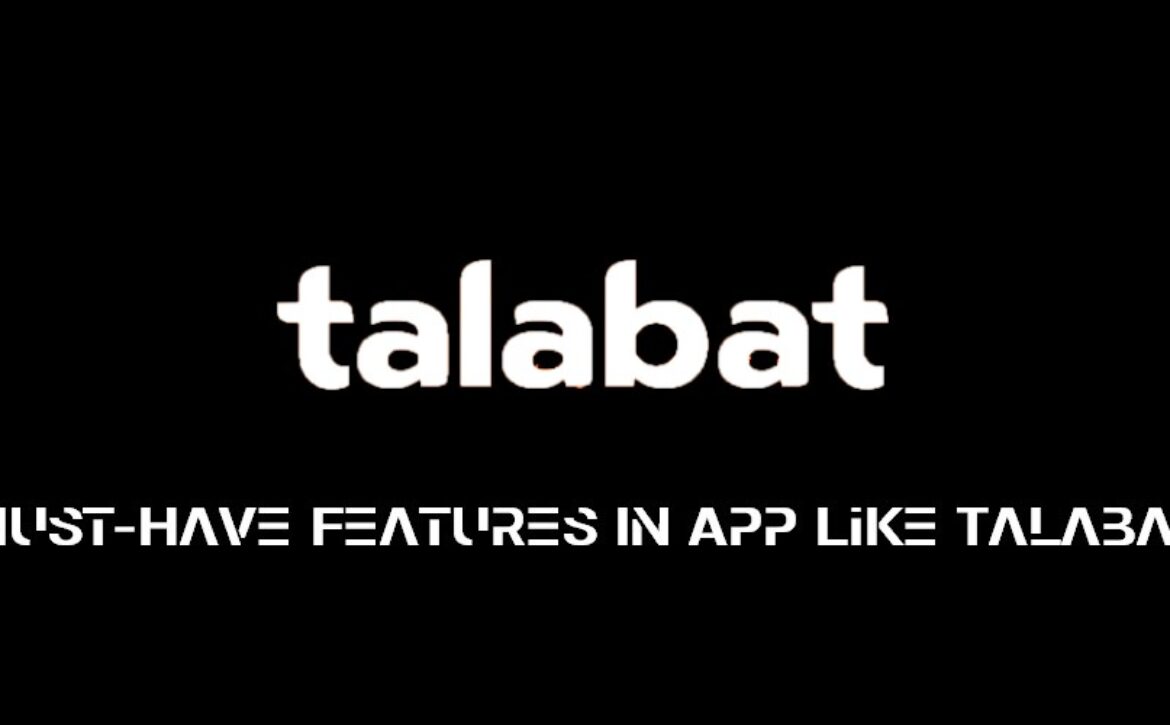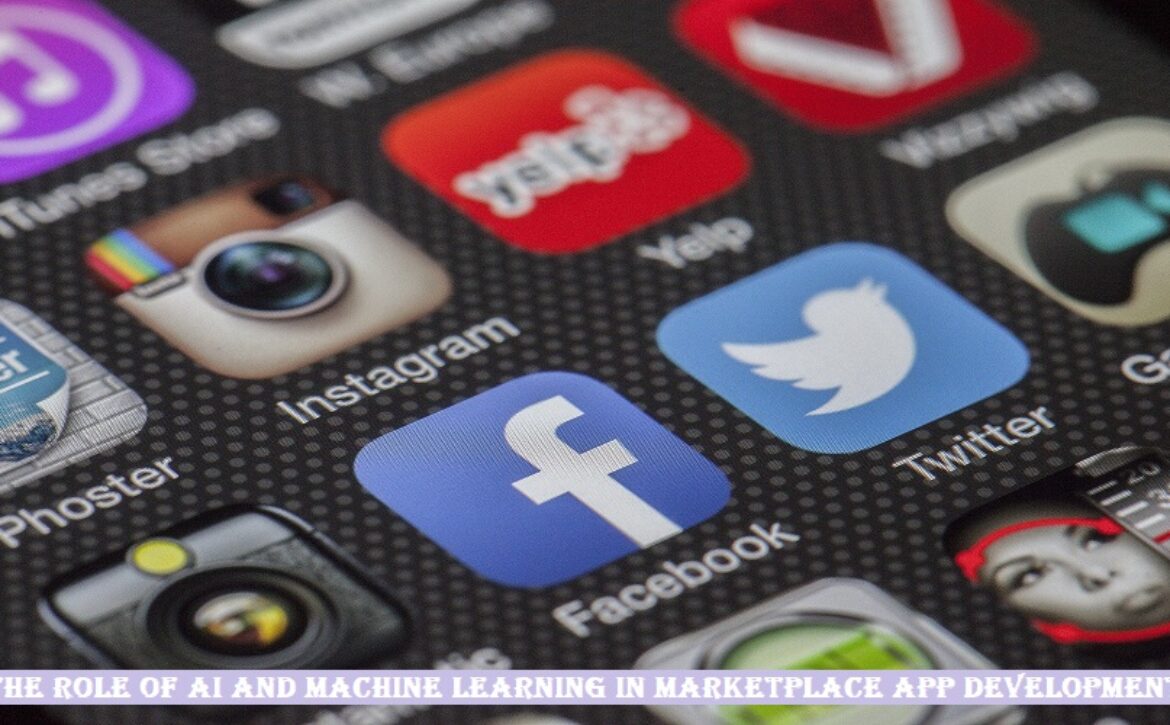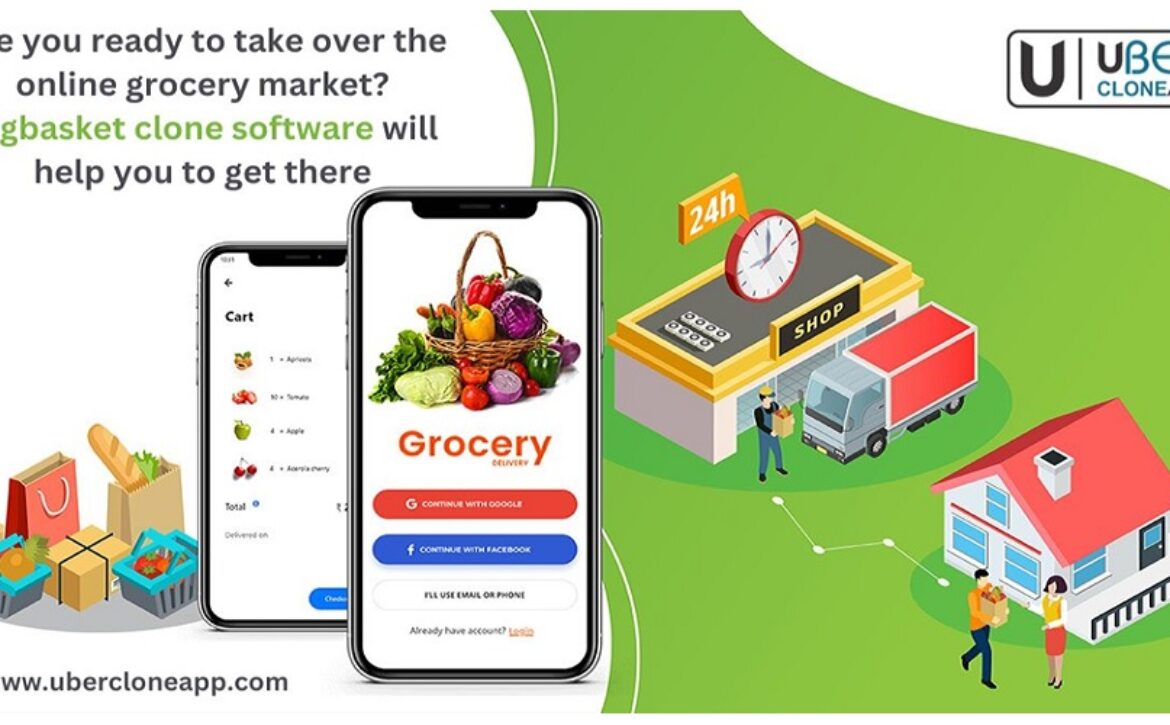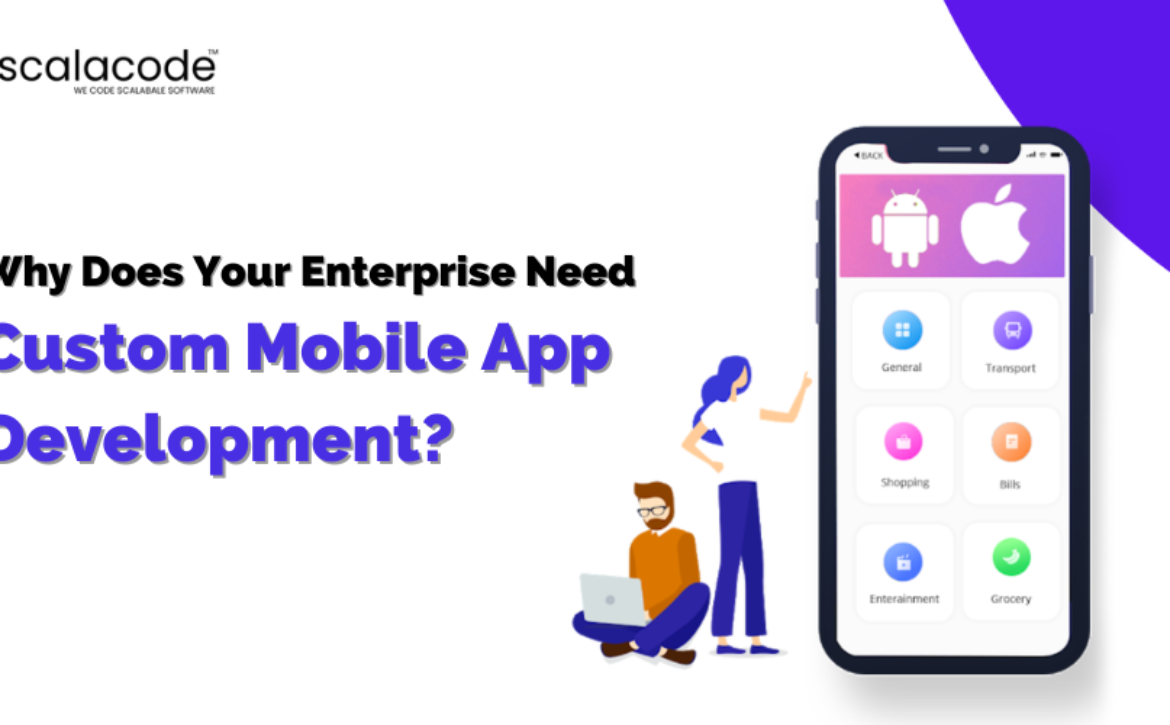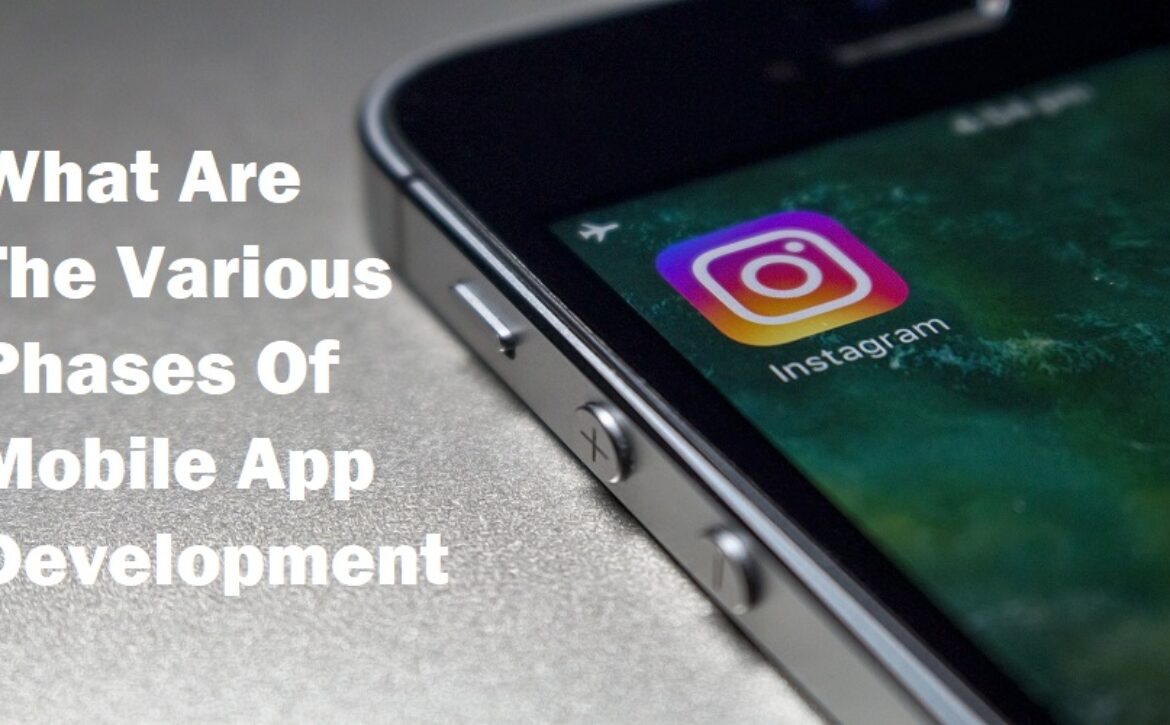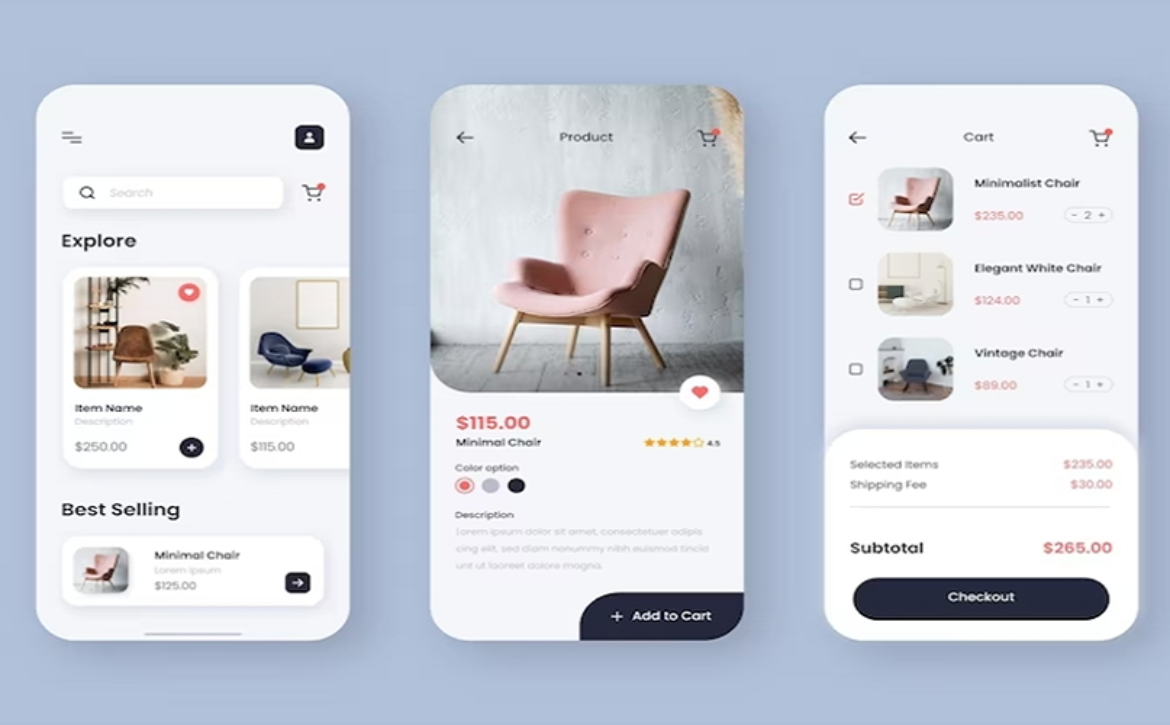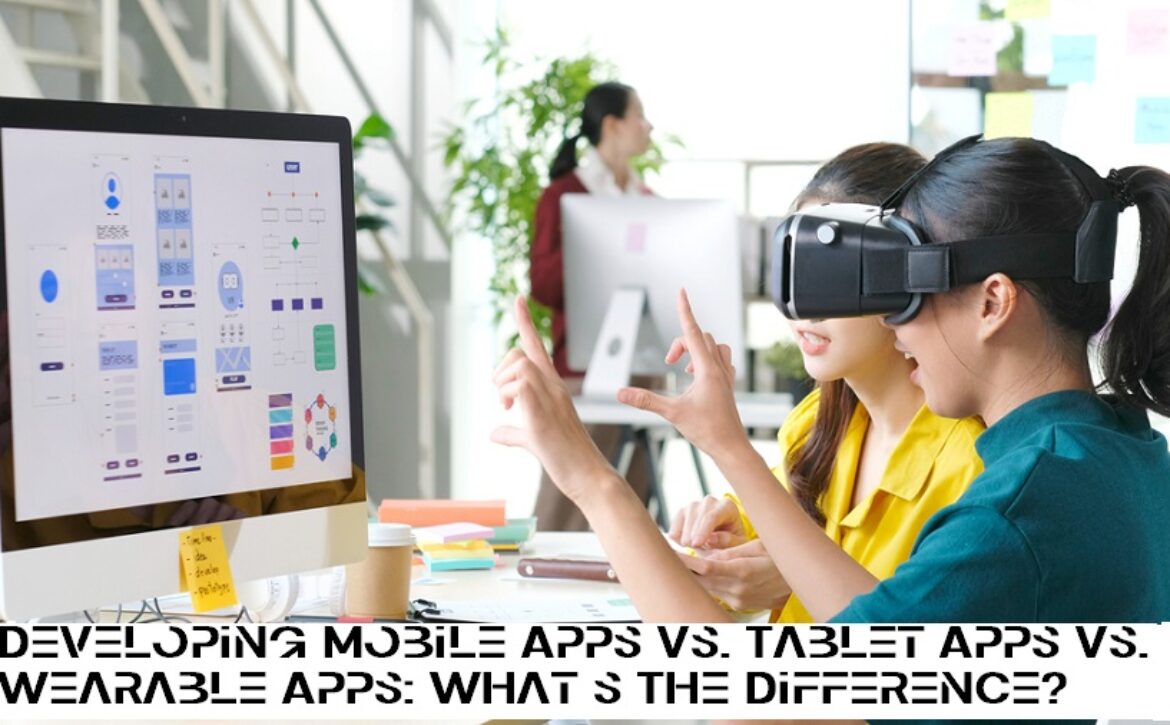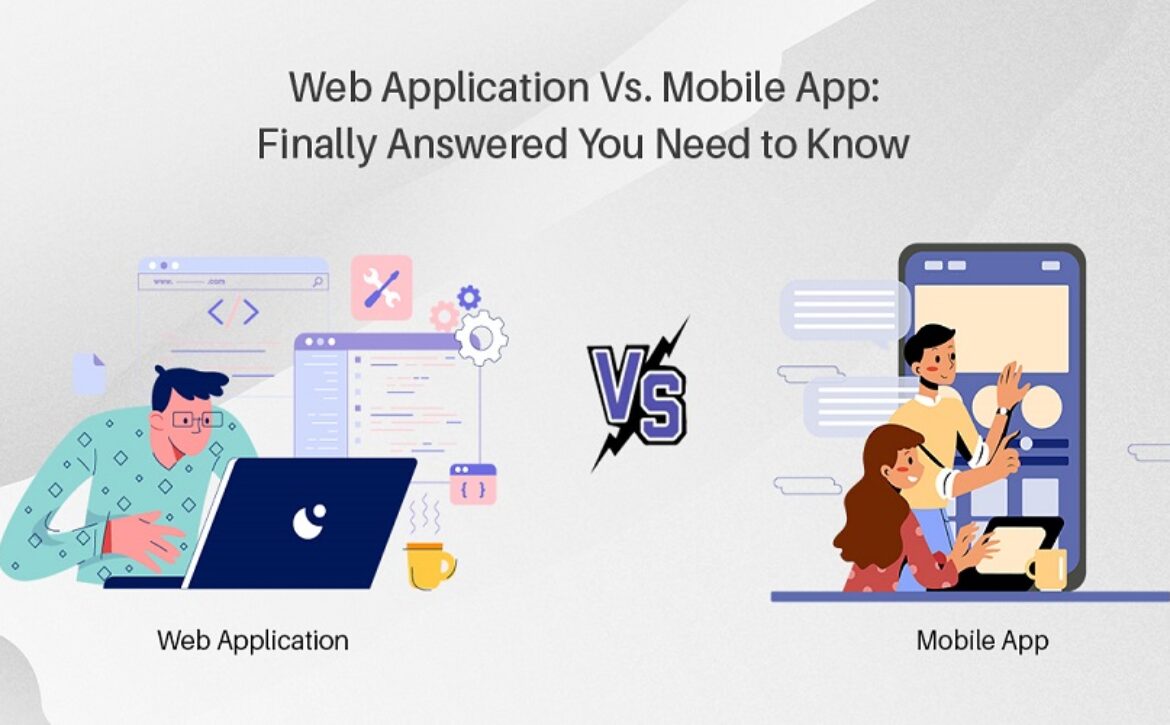Must-Have Features In App Like Talabat
In today’s fast-growing world, where customer convenience is key to conducting a successful business, by taking this fact in mind, a business is rapidly spreading its roots in this world, which is known as online food delivery platforms. With the rise of online food delivery, customers and food lovers enjoy a seamless ordering experience with just a few clicks. The market for food delivery has become more competitive than before. With so many applications serving the same services, staying in the market has become complex.
Of all those service applications, one app that has made itself exceptional is Talabat. It is a leading food delivery application in the Middle East. Talabat’s user-friendly and innovative interface and features have made it popular. So in this blog, we will look closer at the top features of this food delivery application.
Overview Of Talabat And Its Success
————————————-
In countries of the Middle East, Talabat is a leading food delivery app that serves millions of customers across the region. At first the app was launched in Kuwait in 2004 and has since grown to various countries. Popular countries like UAE, Saudi Arabia, Bahrain, Oman, Qatar, and Jordan have availed of the Talabat food delivery application service. The success of Talabat can be attributed to its engaging UI and a few innovative features.
It allows customers to browse menus, place orders quickly, and track deliveries with real-time GPS live location. The app also offers various payment options, cash on delivery, credit card payment, and Talabat wallet. It has also integrated with social media platforms, which makes it easy for customers to share their orders and tasty cuisine on Facebook and Twitter.
Must-Have Features For A Food Delivery App
————————————-
To become exceptional in the food delivery market, your app will need offers and unique features to make it apart from all other delivery applications. So let’s explore those features:
User-Friendly Interface And Easy Navigation
It is a must-have feature of a food delivery application like talabat . An engaging graphical user interface can sustain customers on your food delivery app and emerge cravings to purchase. It also needs to be easily navigable with menus and categories. Customers should easily browse restaurants and their menus and place orders in a few clicks. Try to add animations, GIFs, and unique images in the UI to make it more influential for customers.
Quick And Easy Ordering Process
A hungry customer will be in a hurry to eat something, so he/she wants to order food quickly and easily. A food delivery app should have a streamlined order process that makes order and transaction methods easier. It should be easier so customers don’t have to click more than 5 times. The app must also offer additional options like addresses and save favorite orders for even fast ordering.
Real-Time Order Tracking And Updates
Customers always need to be aware of their food status and its arrival. A perfect food delivery app should offer real-time order tracking and updates so that customers can go through all the required details about their food, like preparation, on its way, or when it will arrive.
Group Orders
A convenient solution for groups of diners is to have a group order feature on your food delivery app. This allows multiple users to place individual orders via their respective devices, which can then be consolidated into a single order.
Including an automatic split bill function for groups and orders will save users valuable time. While implementing a group order and ensuring seamless app connectivity, It can significantly enhance the user experience of your food delivery app. However, it is important to note that incorporating this feature will come at a higher cost for app development.
Multiple Payment Options
Every customer wants their own comfortable way to pay the bill. A convenient payment method includes multiple payment options, cash on delivery, credit card, UPI, and mobile wallet payments.
Customizable Options
Restaurants frequently offer seasonal dishes, changing daily brunch options, and special selections. Yet, these dynamic menus are often difficult to reflect on apps unless they have a feature to accommodate them. However, customizable menus and item descriptions are unique features that enable restaurants to showcase their distinct offerings and distinguish themselves from their competitors.
Customer Support And Feedback
You commonly engage with customers’ queries and feedback if you target a mass audience. Customers may have questions and queries about their orders and food, so your application must offer easy access to customer support. A chatbot, phone, or email can be helpful here.
Integration With Social Media Platforms
Social media is a reliable, easy, and effective marketing tool for your food delivery application. It should be integrated with social media platforms that allow customers to share their thoughts and experience about food so that you can make it more engaging and expand the reach of customers.
Discount Vouchers
If you are a food app looking to retain your loyal customer base, offering exclusive discounts may be a winning strategy. By showing your appreciation for customers who have consistently chosen your platform for their food needs, you can strengthen their loyalty toward your brand. This, in turn, can achieve increased sales and help boost your brand awareness. Discounts can also help you free up storage space for new inventory and build a positive brand reputation. By meeting your sales objectives, you can gain a competitive edge over other food apps in the market, giving you an extra advantage.
Conclusion and Final Thoughts
Ultimately, if you want to make your food delivery application successful and offer your customers a seamless ordering experience, you must have the above features. Talabat has set the bar at a peak for its competitors. But by incorporating these features into your own application’s gap, you can compete in the crowded food delivery competitive market. Always remember that customer convenience is the key to influencing them in your application to place an order in your app. Thus, your application will work successfully. You will generate more sales by upscaling your business like Talabat.

